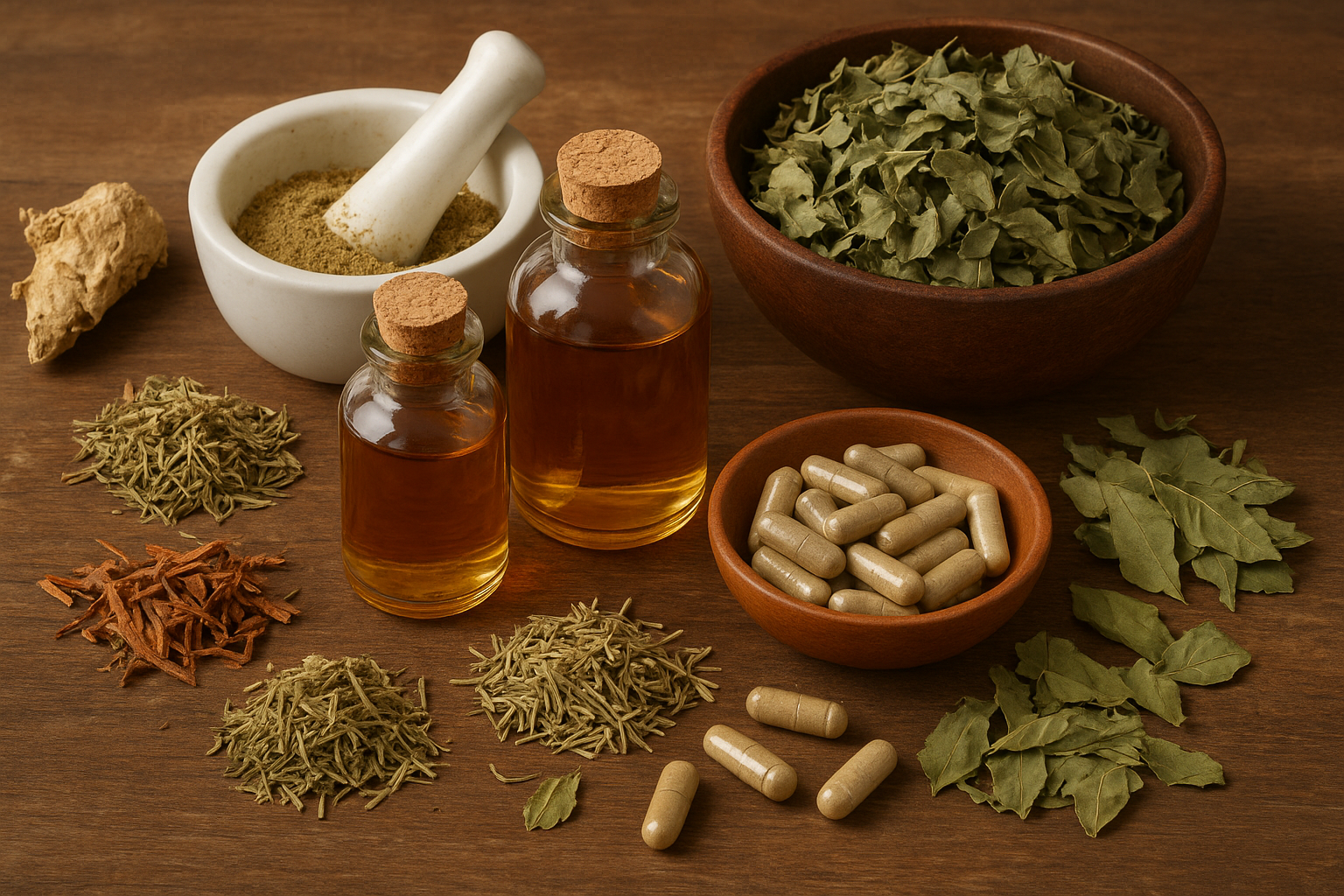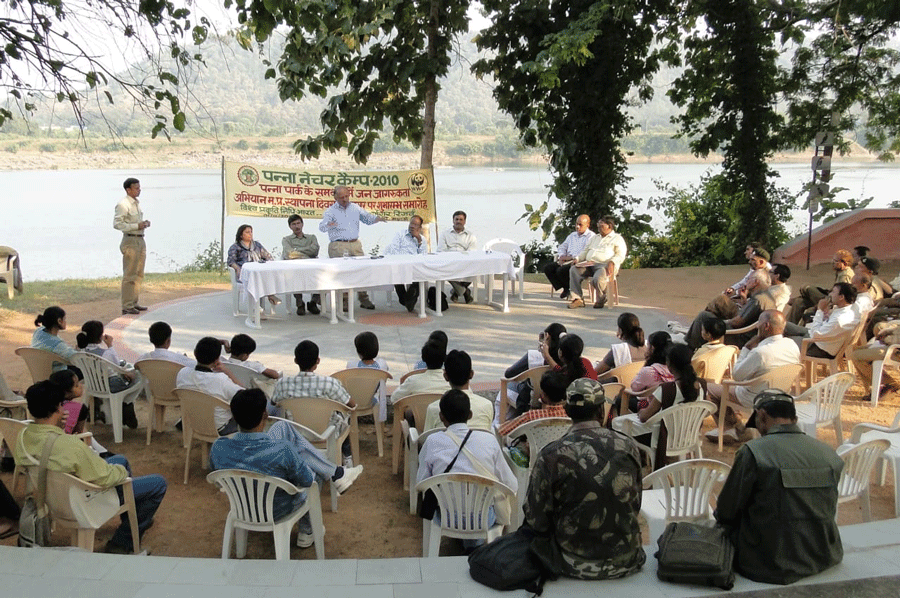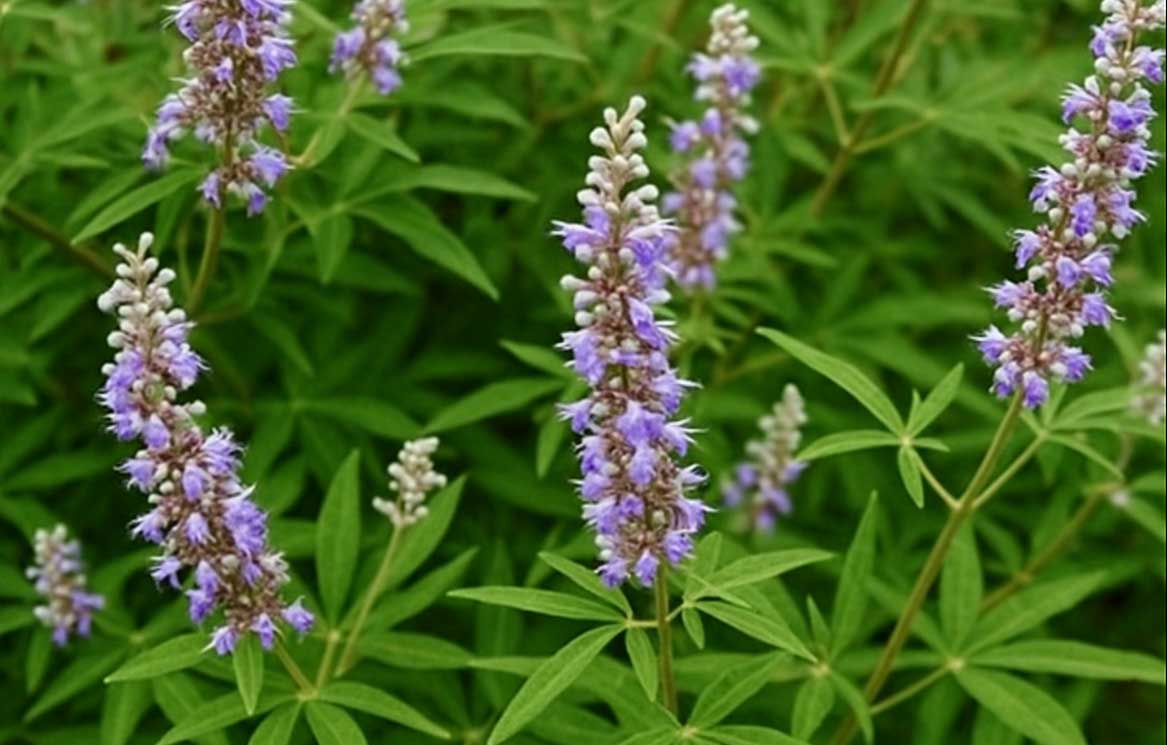EXTRACTION OF ESSENTIAL OIL FROM VITEX NEGUNDO
Anshu Kumari¹, Satyavrat Singh², Anubha Srivastav³, Anita Tomar⁴
The word Vitex is derived from the Latin vieo’ (meaning to tie or bind) because of the flexible nature of its stems and twigs. The Sanskrit word for V. negundo – nirgundi- literally means ‘that which protects the body from diseases. (Balkishan, 2008). Vitex negundo commonly known as nirgundi or Chines chaste tree belongs to Lamiaceae family is a woody, aromatic deciduous shrub growing to a small tree. It is an erect, 2-5 m in height, slender tree with quadrangular branchlets densely whitish tomentose. The leaves are greyish green colour have five leaflets palmately arranged, centers on a cluster resembling a palm. Flowers are tabular in shape of <1 inch in size with bluish-purple little lavender in colour which blooms in loose clusters on 5-8-inch panicles in summe.
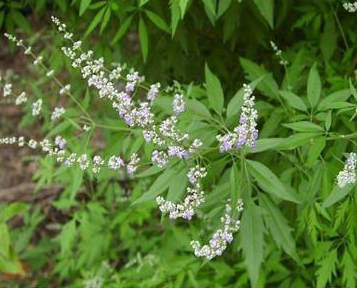
Distribution- Vitex negundo is native to tropical Eastern and Southern Africa and Asia. The plant is found throughout India, Ceylon- Afghanistan, tropical Africa, Madagascar, China and Philippines
It is common throughout India from coastal belt to subtropical Western Himalayas and Andaman Islands, abundant in drier zones. It is common in waste places around villages, river banks, and moist localities and in the deciduous forests (Sharma, et al., 2005). Within India, it is found throughout the greater part of India, ascending to an altitude of 1500m.
Phytochemicals are naturally occurring compounds found in plants. These compounds are responsible for the color, flavor, and disease resistance of plants, and they also play a role in human health. Identifying the phytochemical components is crucial for allowing research into the plant’s true therapeutic value. The classes of phytochemicals are flavonoids, carotenoids alkaloids, terpenes etc. The phytochemical present in different parts of nirgundi are vitexin, ursolic acid, sitosterol helps the plant to give a medicinal value.
Essential oils are concentrated liquids that contain volatile aroma compounds from plants.
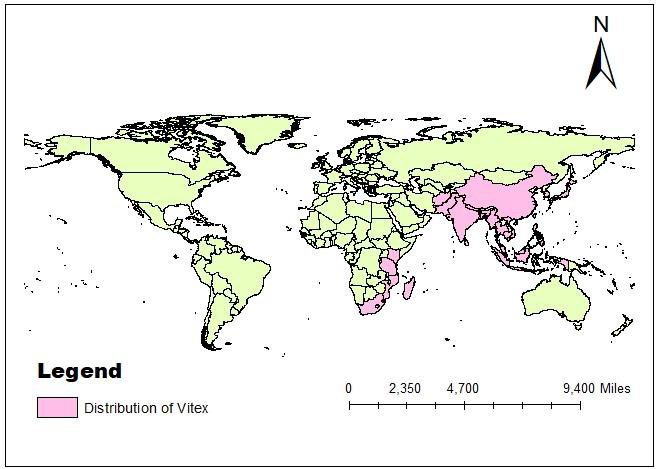
Plant materials such as leaves, stems, flowers, bark, and roots are commonly used to extract essential oils. Essential oils are composed of a complex mixture of chemical compounds, including terpenes, phenols, aldehydes, and more. These oils are often used for their fragrance in perfumes, soaps, and other products, as well as for their potential therapeutic properties. The essential oil can be extracted through distillation, cold pressing, and solvent extraction. In the study the fresh leaves of Vitex negundo was taken and Clevenger apparatus, which is laboratory apparatus was used for the extraction of essential oils from leaves. It is a simple, yet effective, method for steam distillation.
– Appearance-Slightly viscous and non-sticky
– Odour-Pleasant, strongly fragrant
– Colour-Pale yellow
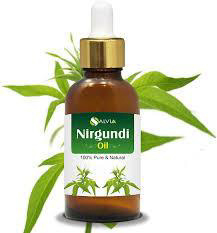
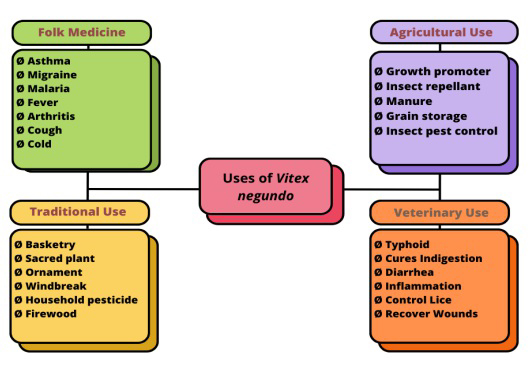
After the extraction of essential oil from Vitex negundo leaves and the understanding of the oil’s multiple therapeutic uses owing to the presence of several secondary metabolites, including sitosterol, ursolic acid, and vitexin, a value-added product a natural herbal pain reliever balm Vita-5 was developed. Balm Vita-5 was named so as it contains essential oil of vitex and four other substances. The balm was then physically assessed based on its color, odour, texture and viscocity.
The Vita-5 balms can be applied to relieve inflammation, coughing, and colds. If more research is done on the balm’s potential uses, it may be able to replace current joint pain ointments and gels.
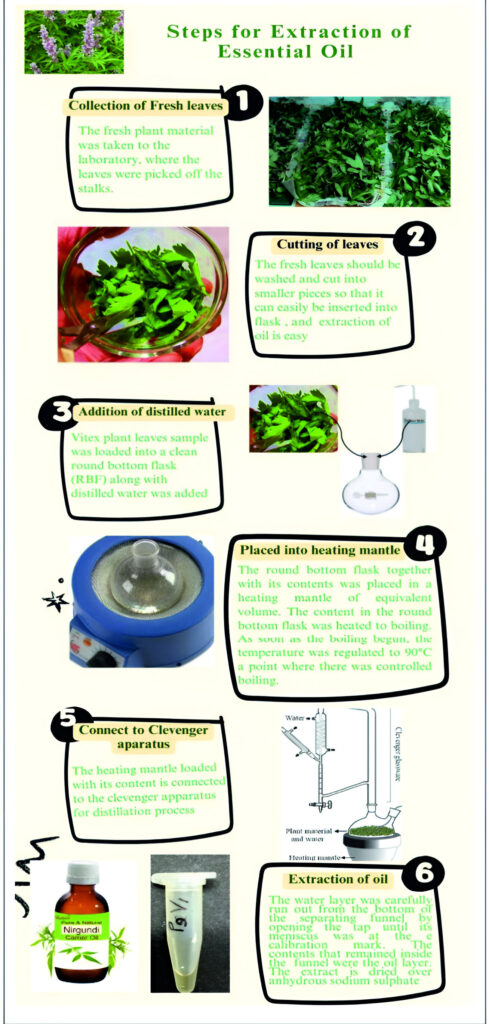
References:
Srithupthai K (2018). Satisfaction of Thai Traditional Medicine Students toward Eucalyptus Balm. Graduate school conference 2018. Sharma PC, Yelne MB, Dennis T.J. Database on Medicinal Plants used in Ayurveda. CCRAS Publication, ol., New Delhi: Reprint Edition 2005; p. 50-71. Balkishan A. 2008. Secrets of Indian Herbs for Good Health. Divya Prakashan, Patanjali, Yogpeeth, Hardwar, India.
Acknowledgement:
Financial assistance from the Ministry of Environment, Forest and Climate Change, Govt. of India under CAMPA scheme for project entitled “AICRP on Bio prospecting for industrial Utilization of Lesser-Known Forest Plants” is gratefully acknowledged.
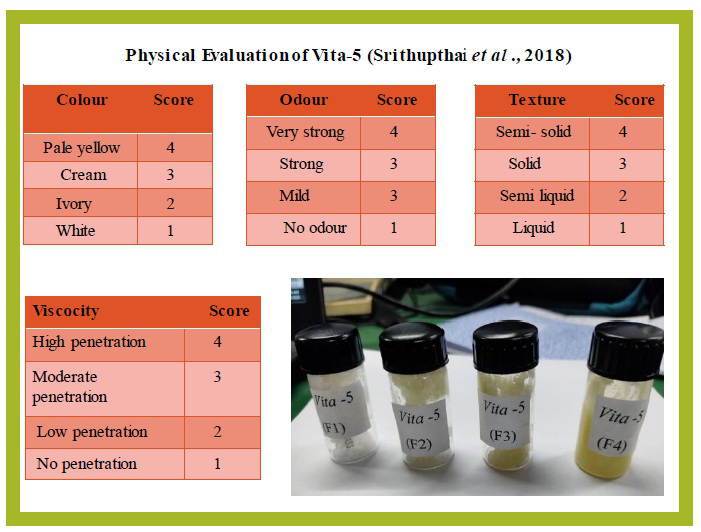
Authors:
Anshu Kumari, Satyavrat Singh, Anubha Srivastav and Anita Tomar ICFRE Eco rehabilitation Centre, Prayagraj.




ICFRE Eco rehabilitation Centre, Prayagra









